The Mystery behind William Dobell’s ‘The Cypriot’
In 1940, William Dobell (1899-1970) returned to Australia right after ten several years in Europe. He accomplished The Cypriot (illustrated) that same year, a portrait of his close friend Aegus Gabrielides. Was it the 1st major portray he produced, and what is the secret at the rear of the operate?
Connected: The lifestyle and art of William Dobell
DELVE Further: The Cypriot
Dobell was renowned for his incisive portraits, and gained the Archibald Prize for portraiture a few situations (1943, 1948 and 1959). He typically embellished features of his sitter’s look in get to attract out their most exclusive attributes. This is genuine of his portrait of Gabrielides, the young male who regards us with indifference.
William Dobell ‘Study for the portray The Cypriot’
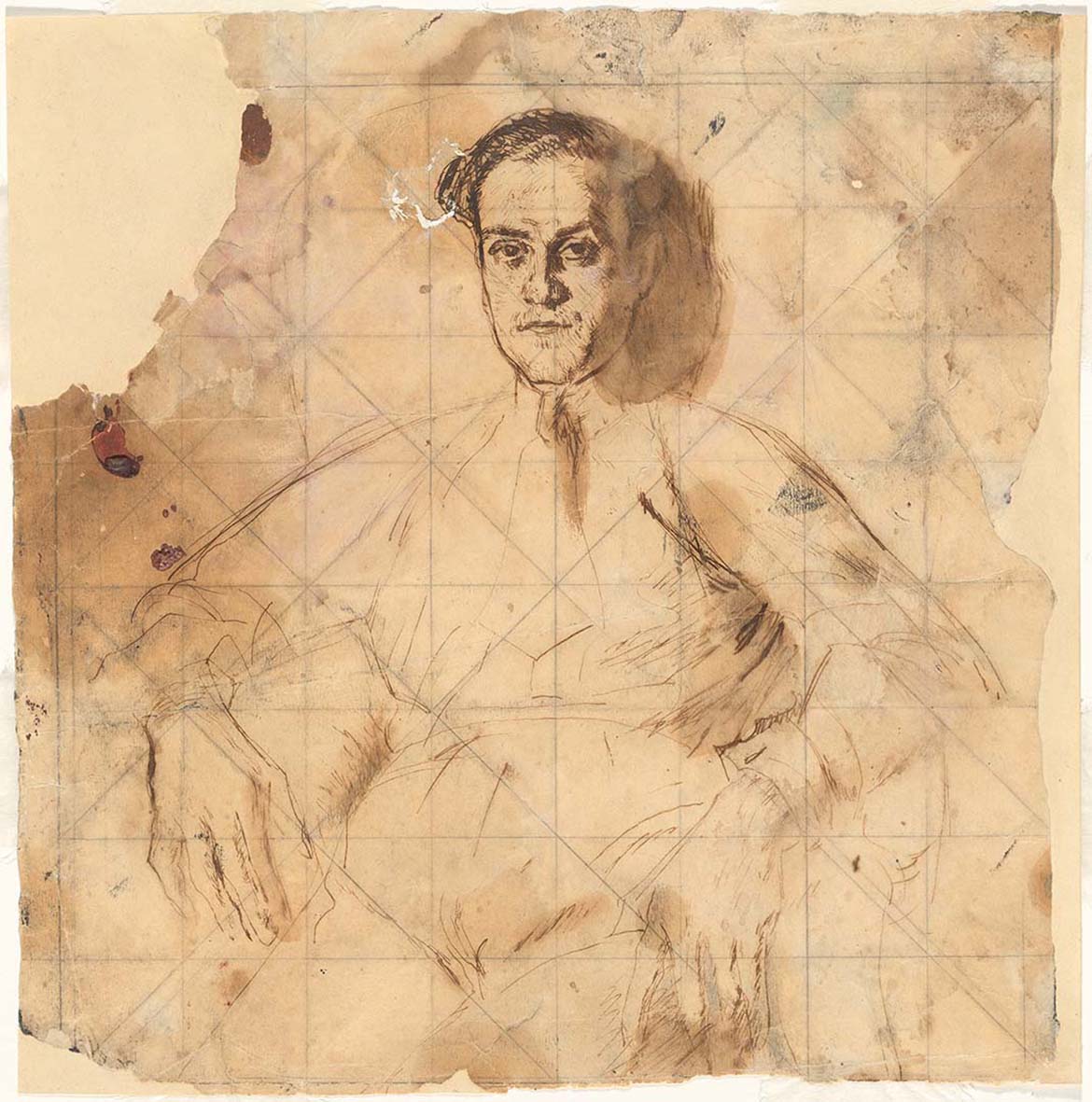
Gabrielides was a Greek waiter who worked in the London cafe frequented by Dobell in the 1930s. Though Dobell’s early sketches portray an unassuming figure (illustrated), the finished portray presents a far more imposing character.
When portray a portrait, Dobell usually done a series of pencil sketches in the sitter’s existence, looking for to capture crucial traits. He would then embark on a quantity of little research in gouache or oil, each and every reflecting a distinct temper, then would paint the final model of the portrait primarily based on these preliminary sketches, deciding on the most insightful as a guide, but operating neither specifically from it, nor his design.
Seem closely at the X-ray of the painting (illustrated). You can plainly distinguish the impression of The Cypriot.
X-ray of ‘The Cypriot’
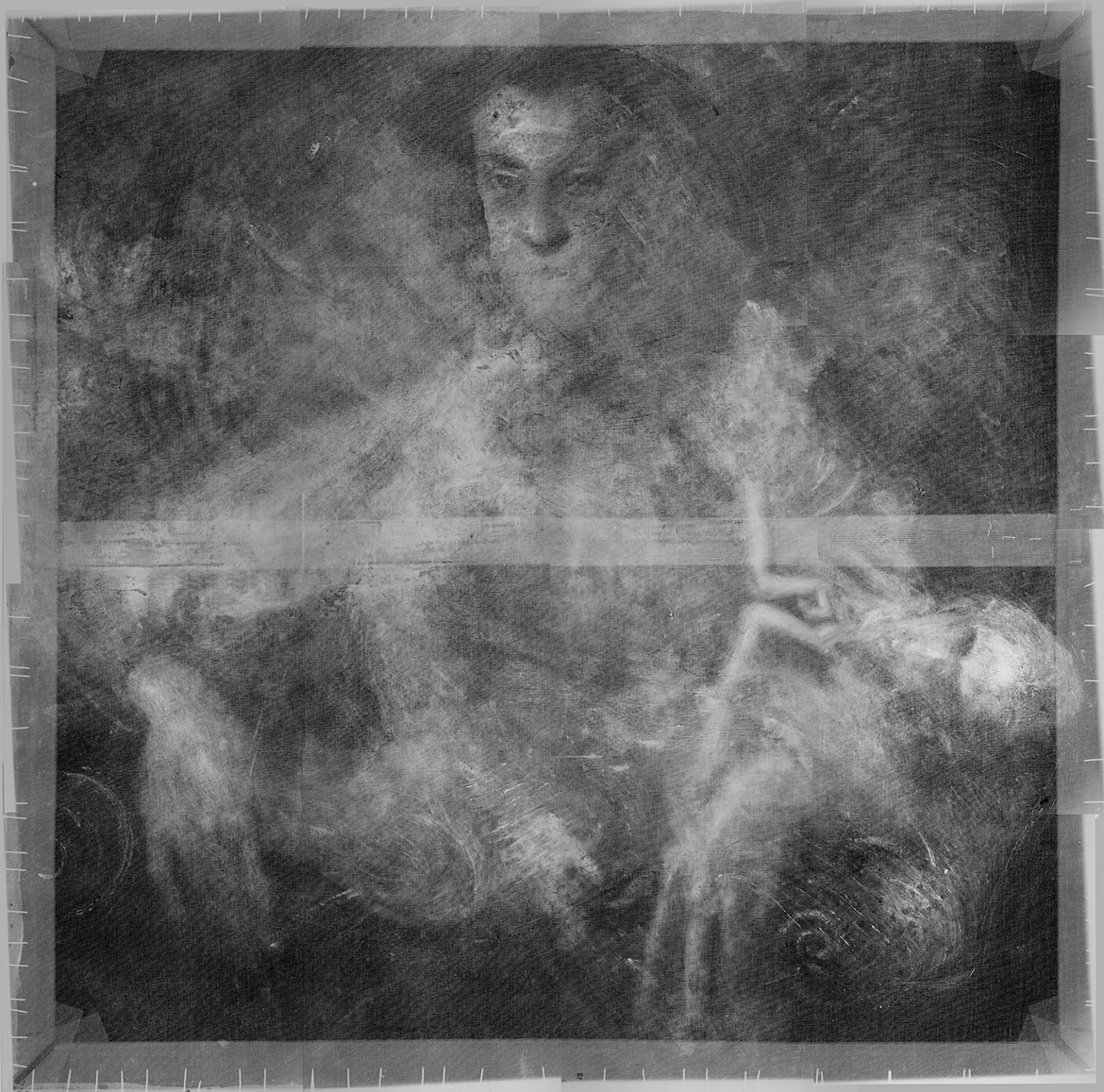
William Dobell ‘The Cypriot’

Now if we rotate the portray 90 degrees to the left, what this reveals is that there is another finished portray which lies underneath The Cypriot.
X-ray of ‘The Cypriot’ rotated showing under-painting

X-ray of ‘The Cypriot’ rotated
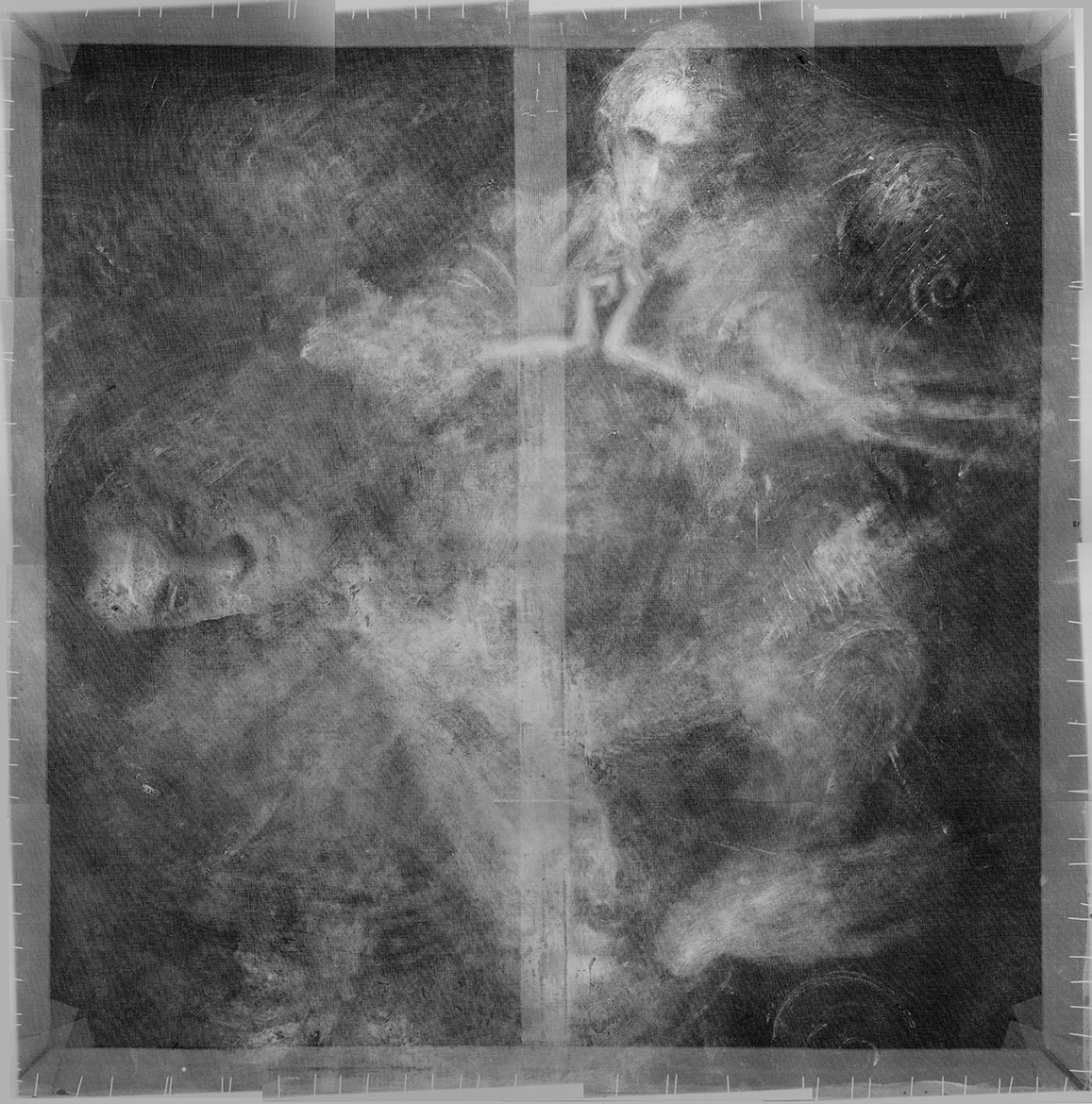
Now examine the X-ray with the compact watercolour research from the Art Gallery of New South Wales referred to as Boy lounging 1937. Plainly our X-ray also includes the ‘bones’ of Boy lounging which lies done and unseen beneath The Cypriot.
‘Study for ‘Boy lounging‘ and X-ray of ‘The Cypriot’ demonstrating below-portray
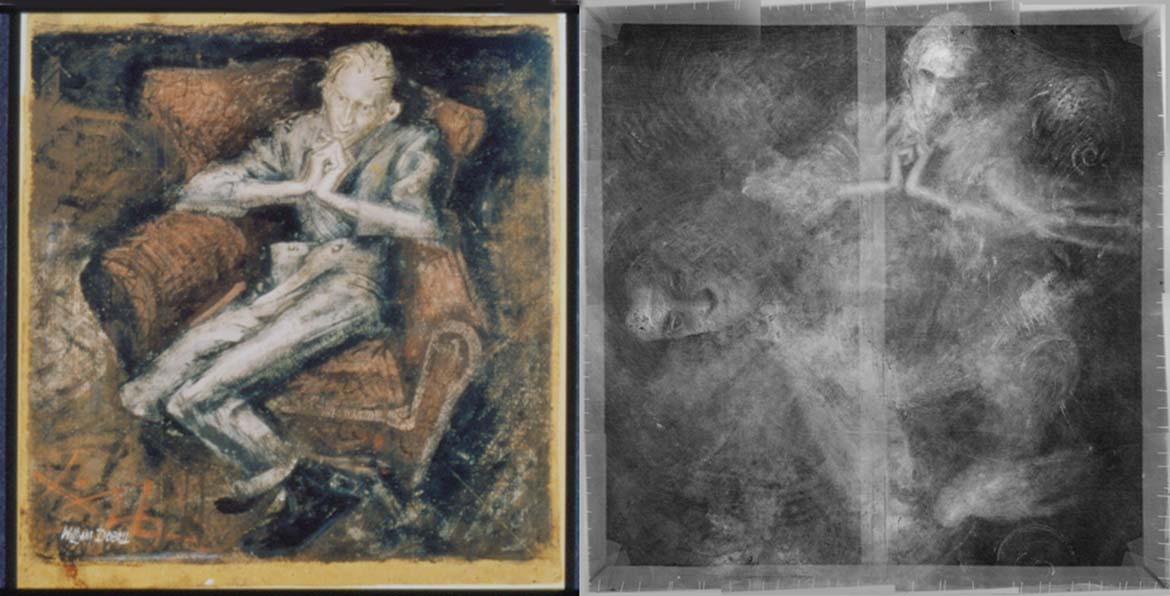
Why did Dobell paint above his first painting?
Dobell was still very poor, working with old brushes that had dried on the journey property to Australia. The abundance of brush hairs embedded in the painting’s surface area are testimony to this. Chemical analysis of the paint levels clearly show that he was working with a blend of oil-centered residence paints and artist’s paints.
The artist’s financial problem, the huge spot of canvas to go over, as nicely as the scarcity of artist’s oil paints (owing to their requisition for use by official war artists in the course of Planet War II) all contributed to a combination of paints becoming used. Economics may well also account for Dobell’s re-use of the stretcher and canvas.
On his return, the publisher Sydney Ure Smith promoted Dobell as the ‘heir to George Lambert’ (1873-1930), and the artist felt compelled to develop his ideal work. But Boy lounging was not the ‘masterpiece’ the artist had aspired to generate on his return.
George W Lambert ‘Self portrait’
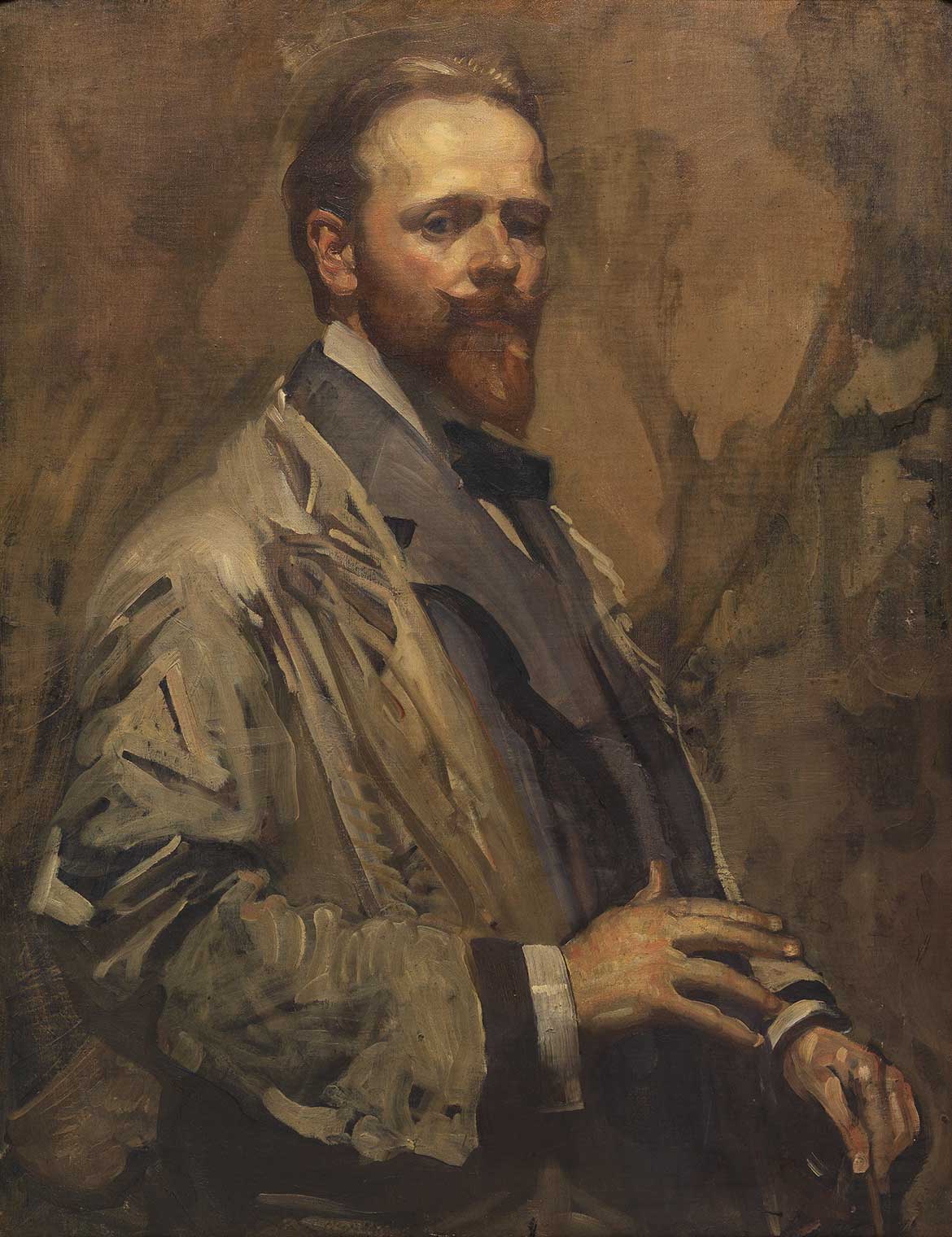
Unhappy with the complete of the painting, Dobell turned to the matter who experienced preoccupied him through his previous six yrs in London. His several scientific tests for The Cypriot stood him in good stead he painted Gabrielides with fantastic assurance and spirit. This is the artist at the peak of his portray approach. He draws inspiration from old learn paintings he studied in Europe, these kinds of as Italian Mannerist painter Agnolo di Cosimo, typically acknowledged as Bronzino (illustrated).
Dobell’s experienced type in The Cypriot reconciles the challenges confronting a modernist painter who preferred to refer to typical masters and to modern day, interior tensions.
Edited extracts sourced from John Hook, former Senior Conservator (Paintings), QAGOMA.
Agnolo di Cosimo ‘Portrait of Bartolomeo Panciatichi’
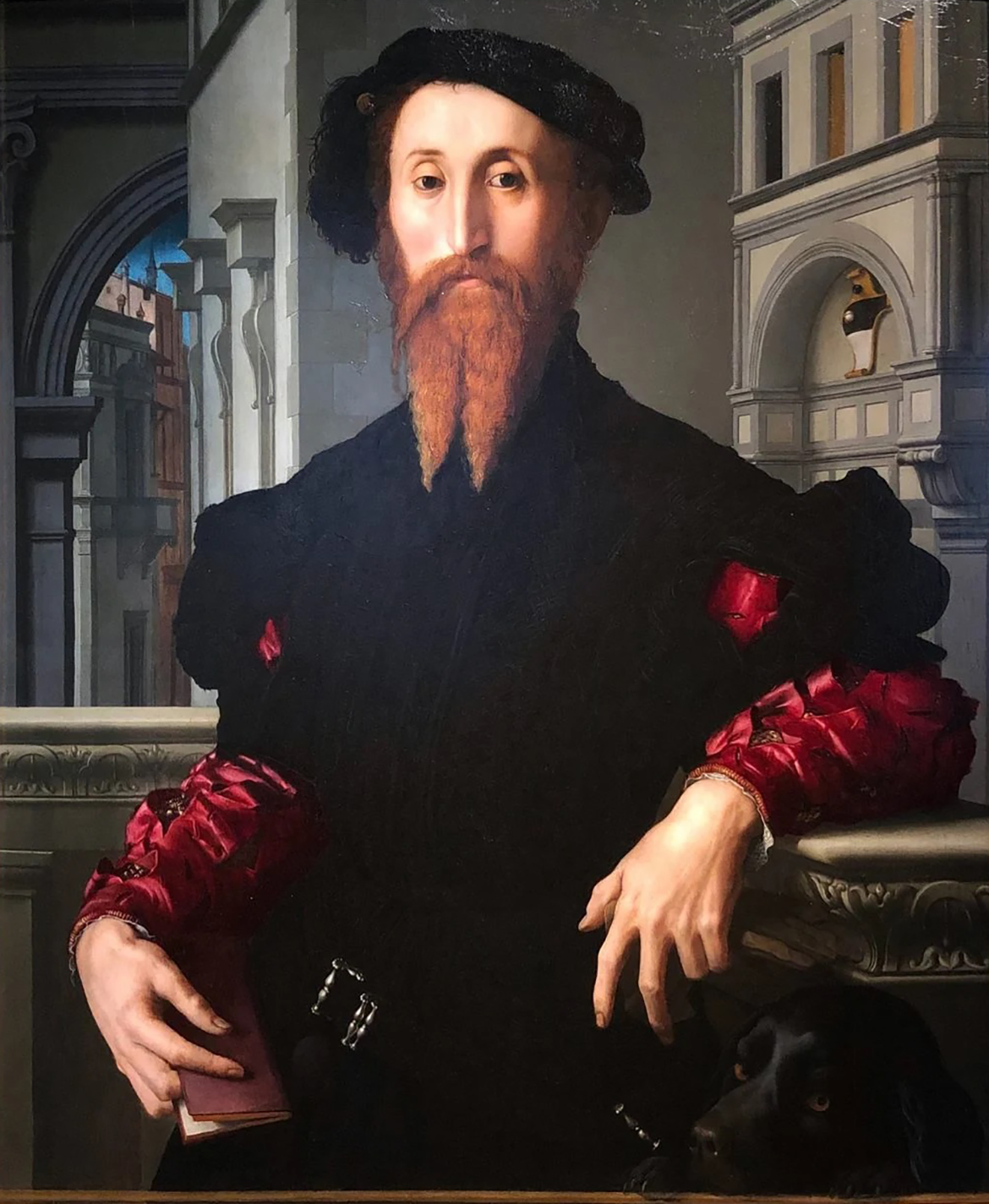
#QAGOMA
